Ravenloft: Strahd's Possession
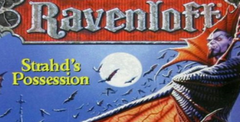
| a game by | DreamForge Intertainment |
| Platform: | PC (1994) |
| User Rating: | 9.0/10 - 2 votes |
| Rate this game: | |
| See also: | RPGs |
Ssi need no introduction to anyone who has been playing computer role-playing games since they first appeared on the pc. They were right in there from the beginning; jostling for top spot in the rpg world along with the early Ultima releases by producing a seemingly endless stream of titles.
For the uninitiated, ssi's main claim to fame is that they have the sole right to produce official computer versions of the original Advanced Dungeon And Dragons board games. You know the one: all the players sit around a table pretending to be elves and wizards and other Tolkien-type bods, and roll a dice to see who biffs their opponents the hardest. I've never actually played the original board game myself, and maybe that accounts for why I've never been particularly enamoured with the early ssi roleplaying games. The graphics have always been, shall we say, a mite simplistic, and the plot for each one, unfolded with the help of trillions of lines of text rolling down the screen. The same could be said for the early Ultima games, but of course, Ultima has come a long, long, way since then. Ravenloft appears to be ssi's attempt to catch up with the big boys. Out go the lacklustre, uninspiring visuals and flick screen scrolling. In come hi-res, highly-detailed graphics and full multi-directional movement. This is good news not only for fans of previous ssi games, who will find significant improvements in the presentation, but also for casual RPGers, who will generally find the whole thing a lot more accessible. So, much tweaking and polishing has been done on the presentation front, but before we move on to the actual gameplay, you might want to know a little bit about that most vital element in any rpg: the plot!
Now you see it, now you don't
The story begins when two companions of Lord Dhelt (the Lord of Elturel) return to his castle to find he has been attacked by an unknown assassin. Lord Dhelt tells the party an amulet - the holy symbol of Helm - has been stolen and must be recovered at all costs. 'Go and get the t-leaf who pinched it', he orders (er, in a computer fantasy-game sort of way), and sends you off into the woods, never to return without the holy symbol of wotsit. 'Wither did the varlet wander?', the party wonder. 'Wander he north, or wander he south?'. As it turns out, it doesn't really matter where he wandered, because at the start of the game you can actually see the thieving cad in the distance. When you catch up with him, a massive scrap occurs, in which your two characters hack away at the villain like mad (while you click away frantically with your mouse like mad) until the thieving rotter cops it. Then you just nick all his stuff (including the holy amulet) and thus your destiny is fulfilled. But not quite. The party becomes engulfed in a mysterious foggy-type mist and is promptly whisked off Wizard Of Oz-style to God-knows-where. When the mist clears, you wake up in the land of Barovia (the setting for the game) and discover that all the things you nicked from the thief have disappeared, including the holy amulet you were sent off to get in the first place. A number of burning questions need to be answered: where's the amulet? Who pinched it? Where the bloody hell are we? etc. So begins your adventure in Barovia.
Here comes that game again
The first words to pop in to my head when I first saw this game were Ultima Underworld. This is mostly because you move around the same way in a similar 3D, multi-directional, scrolling environment. The main difference between Ravenloft and Underworld is, although they both offer you a first-perspective viewpoint of the playing area, in Ravenloft you control up to four characters, as supposed to one in Underworld. It has to be said that, while the scrolling in Ravenloft is nowhere near as smooth and realistic as that in Underworld, it's still infinitely preferable to the standard flick-screen scrolling used in most rpgs. In addition, there are numerous ways to move yourself around in the game. A mouse click on one of the directional arrows at the bottom of the screen will move you in the direction the arrow is pointing. You can also move by placing the cursor on the screen and holding down the left mouse button. Wherever you move the mouse, your party will follow. Free movement is selected by pressing the space bar. When you select this option, you simply move the mouse where you want to go and you're off, without having to click any buttons at all. This mode is a bit like the movement interface in the Midwinter games inasmuch as it's definitely an acquired taste. If you can get used to it, this is probably the best mode to use. Finally, step mode moves you 'one square at a time' and brings you right back to those dreaded flick-screen graphics, which kind of defeats the whole point of having a 3D multi-directional environment in the first place. It's obvious that ssi have gone out of their way to try and cater for all tastes as far as the movement options are concerned, and not without success. You're bound to find some way of getting around that you'll feel completely comfortable with. As for the game itself....
The journey to Barovia
You start the game with two characters. You can either create these yourself on the character generation screen, or you can load up a quick start party and get straight into the game. The latter approach is useful for helping you get used to the interface and controls, or if you just want to have a quick look around without having to create your own characters first. Your first priority in the game is to make your way to the village of Barovia. On your way you'll meet worg wolves, goblins and bandits, so you'll need to learn how to fight pretty quickly or you won't be going anywhere. If you've got a mage or cleric in your party, you can pray for or memorise spells which can be readied before you get into a combat situation. The fights are a total bore if you don't have any magic users in your party. You just hack and slash away at the opposition until they're all dead. Magic users can cast 'attack' spells, which may not be very powerful to start with (they have to gain experience to learn more powerful spells), but are still far more exciting than just mindlessly waving a sword or dagger about and waiting for your enemies to die. On your way to the village you'll come across a merchant who is being held prisoner by a bunch of goblins with an attitude problem. If you manage to dispose of all the goblins and set him free, he will agree to join your party. This makes it easier to get to the village in one piece (three bods are better than two!), so it's worth fighting the seemingly endless stream of goblins you'll have to kill to get him. By the time you get to Barovia you should have honed your battle skills to a reasonable degree and become familiar with the spellcasting system, which is just as well. It is not a friendly place.
Ghost town
The village is big. There are lots of buildings in it and there's a huge mansion to explore. No better time, then, to familiarise yourself with the automap. The automap has two views. The external view shows the entire play area you've explored thus far. The inside view pops up when you're inside a building and shows the inside of any buildings you've explored in the immediate vicinity. You can also write on this map to mark locations of significance or to remind yourself where you came up against a puzzle you couldn't solve. Most of the buildings in the village are empty. Most of the stores have been closed down and there are people running around in the street, but you can't talk to any of them because they all seem to have gone completely mad. It's obvious that something evil and nasty has happened in the village. The only people in the vicinity who don't ignore you are the bandits who attack you constantly. These guys are particularly dangerous. Their weapons are poisoned and if they successfully attack one of your characters and you don't have a 'cure-poison' spell handy, it's curtains for the character in question. The best approach if you get cornered by this lot is to grit your teeth, muster up all the courage you possibly can, and bravely run away. There are two characters to meet in Barovia who send you off on sub-quests to liven up the plot. There's the ghost of a jeweller who will not rest until the rotters who killed him and his family have got their come-uppance. He sends you off to the cemetery to do bloody murder on an evil spirit. Inside the mansion you will meet the burgomaster who gives you an invitation to meet Strahd himself (the Lord of Barovia).
Portal problems
As soon as you accept the burgomaster's invitation, a carriage comes to take you off to Strahd's home, Castle Ravenloft. All the castle doors are guarded by mean-looking dudes except one, which takes you straight to Strahd. Strahd is a well shifty-looking character, who tries his best to appear friendly and polite but, frankly, doesn't fool anyone.
He explains that the entire land is surrounded by a deadly mist and that the only way out is through a portal in the caverns on the outskirts of Barovia. This is where your quest really begins. The game hints constantly (with very little subtlety) that Strahd may not be all he seems, but seeing as the only way out of Barovia is through this portal, you have no choice but to try and find it and hope you can get through it. You will meet many characters in and around Barovia who will want to join your party but only one of them will be able to identify the portal. You may think this is giving part of the game away but, to be honest, I can't see the point in going through tons of puzzles and killing zillions of baddies just to find you can't go through the portal because you can't see the bloody thing and don't know why. Anyway, the problems you will face along the way to the portal (if you can ever find it) are more than tricky enough, so you'll have plenty of opportunities to put your puzzlesolving skills to the test.
Overall
Taken as a standard rpg, Ravenloft more than holds its own with most of the competition. The graphics aren't stunning, but are still pretty good, the interface is intuitive and hassle free; the spell system is easy to get to grips with (when you find a spell scroll you simply pop it into your spell book and your magic users can learn it), and the plot's intriguing enough to grab your attention and give you a sense of purpose. It doesn't have the atmosphere or complexity of Ultima Underworld, or the masterful storytelling of the Ultima series, but it's good enough to keep the majority of rpg fans happy for a while, and is certainly the best ssi release to date. There's digitised speech for all non-player characters throughout (I thought they all sounded a bit ott and melodramatic - you may not) and lots of animated link-up sequences to set the scene from one part of the game to another. If you've played the previous ssi games, you'll love this. If not, there's still a great game here for you to discover, but don't expect another Ultima experience.
Download Ravenloft: Strahd's Possession

System requirements:
- PC compatible
- Operating systems: Windows 10/Windows 8/Windows 7/2000/Vista/WinXP
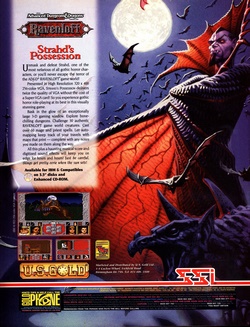


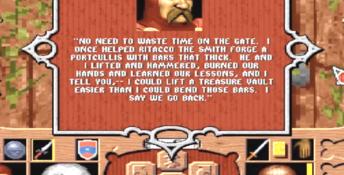
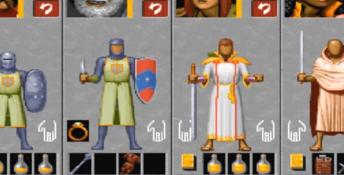
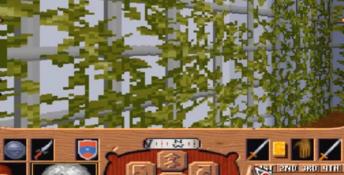
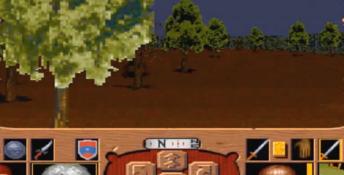
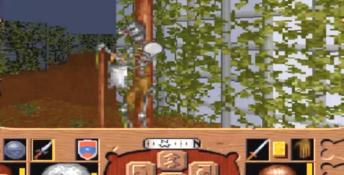
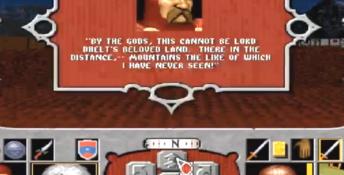
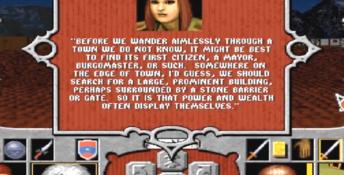
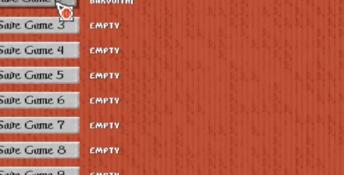
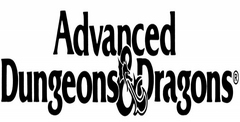 Advanced Dungeons & Dragons: Secret ot the Silver Blades
Advanced Dungeons & Dragons: Secret ot the Silver Blades
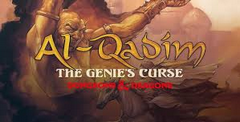 Al-Qadim: The Genie's Curse
Al-Qadim: The Genie's Curse
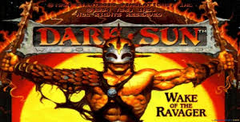 Dark Sun: Wake of the Ravager
Dark Sun: Wake of the Ravager
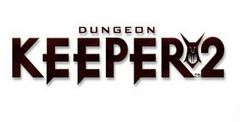 Dungeon Keeper 2
Dungeon Keeper 2
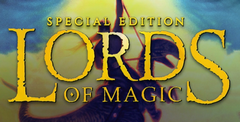 Lords of Magic
Lords of Magic
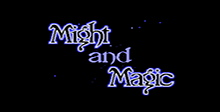 Might and Magic: The Secret of the Inner Sanctum
Might and Magic: The Secret of the Inner Sanctum
 Nox
Nox Superhero League Of Hoboken
Superhero League Of Hoboken